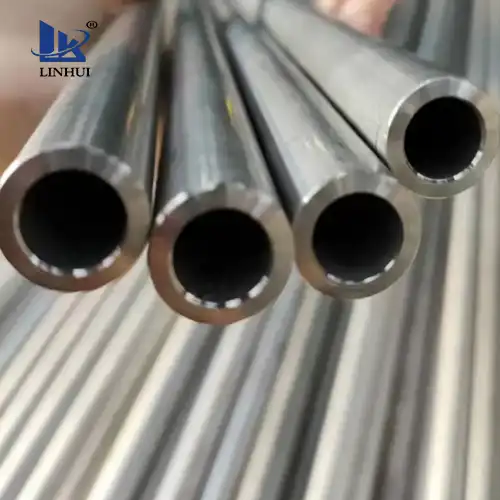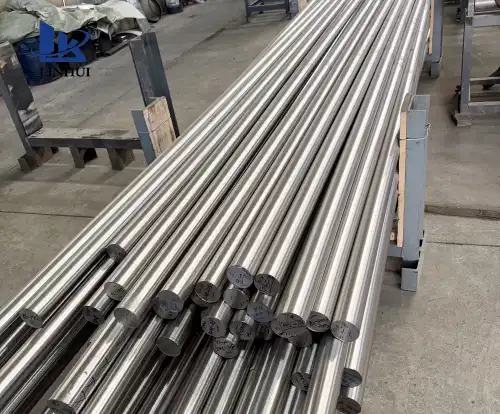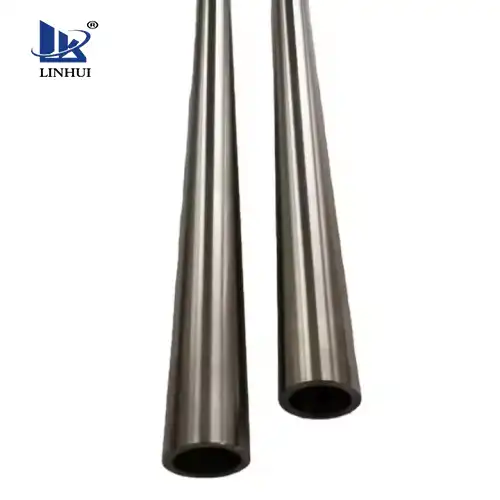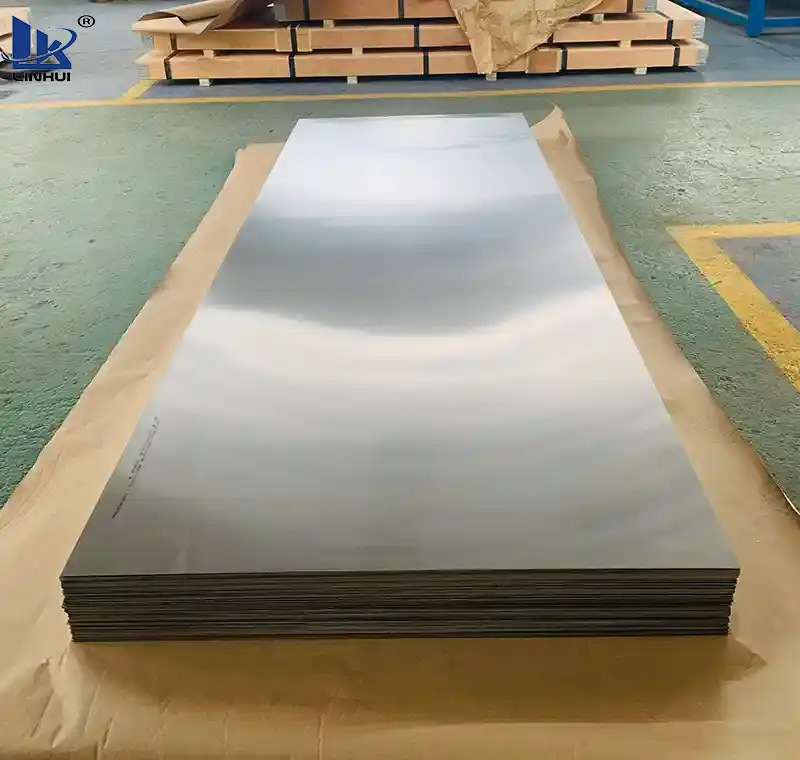The fatigue and fracture properties of titanium alloy rods occupy a very important position in determining the service life of the alloy. It has been studied at home and abroad for many years to explore the fatigue and fracture mechanisms of titanium alloy rods and their relationship with various metallurgical factors. Due to the complexity of the problem itself and the dispersion of preliminary test data, some substantive issues remain unclear and views are not fully unified, and only certain representative conclusions are presented here.
The fatigue life of titanium alloy rods, like other materials, depends on the fatigue crack nucleation probability and the crack expansion rate. According to the study of pure titanium, fatigue cracks are mostly nucleated in the slip zone and at the twin interface, but for Ti-6AI-4V this type of alloy, under low-stress conditions, the a-phase and b-phase interface is a relatively weak link, only at high-stress levels, the chance of nucleation in the slip zone increases significantly, and increasing the test temperature has a similar effect. In order to improve the fatigue performance, a ten b type titanium alloy rods, usually want to obtain a fine isometric a ten b organization, and the b phase is a good free state, in order to reduce the a / b phase interface area. In addition, the fine grain slip is more uniform, and the free slip distance is short, which can reduce the stress concentration caused by dislocation plugging; at the same time, the fine crystal on the twin also has a greater restraint effect. On the contrary, the fatigue strength of coarse crystalline Weiss organization is lower due to the easy nucleation of fatigue cracks. The effect of grain size on the fatigue performance of smooth and notched specimens of Ti-6A1-4V alloy.
In the presence of notches and stress concentrations, the effect of grain size decreases because the fatigue life depends mainly on the crack expansion rate, while the experimental results for pure titanium show that the crack expansion rate is not closely related to the grain size.

















